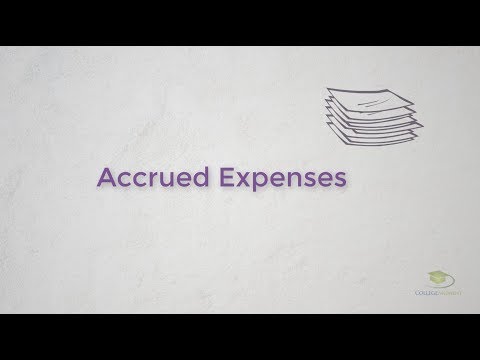
Xero offers accounts payable features with all plans — although you can enter only registered login five bills per month with the Early plan. The software’s bill management tools are detailed, giving you the ability to access all of your bills online in one place, make batch payments and schedule them in advance. In contrast, FreshBooks includes basic accounts payable tools like bill tracking with the Premium plan and doesn’t offer them with the Lite or Plus plans.
Third-party integrations
QBO also has a handful of features you generally don’t see with accounting software, including its QuickBooks Capital lending platform and QuickBooks Checking business banking account. QuickBooks Online is easy to use, so it’s a good choice for beginners. This software is best suited for small to mid-sized businesses, although its Advanced Plan that supports up to 25 users does make it a viable option for larger businesses.
Best Accounting Software for Small Businesses of 2024
For more advanced features, such as accounts payable and accountant access, you’ll need to upgrade to a higher plan. Neither Xero nor QuickBooks Online is lacking when it comes to features. Both have basic accounting features, including invoices, estimates, bank reconciliation, expense tracking, and journal entries. With both programs, advanced features like time tracking and inventory management are available on select plans.

But the two apps are geared toward different audiences, which explains their functional differences. Feature set includes an excellent mobile app and suite of reports, capable invoicing features, plus automated bill and receipt capture through Hubdoc. amortization of financing costs Xero, on the other hand, is best for small businesses that want to take the step up from tracking expenses in Excel. It has all the functionality you need to manage transactions, calculate payments and track projects at an affordable entry point. It’s available online 24/7, which is great for businesses that have unusual operating hours.
Speaking of the cloud, both software earned a spot on our best cloud accounting software list. As a client, receiving a FreshBooks invoice with line items for subscription-based products or services, it’s easy to pay. All you have to do is save your credit card, banking or other payment details online in the FreshBooks application canadian gst and pst tax reports so you’re automatically billed each time an invoice comes due.
Add-ons include QuickBooks Payroll, which starts at $50/month plus $6/month per employee. QuickBooks Payments allow you to accept ACH, credit card, debit card, and other payments at rates of 1% to 3.5% per transaction. Live bookkeeping services for additional help with your books start at $50/month. Xero supports unlimited users and grows with your business, making it a more suitable choice for mid-to-large-sized businesses. Some small businesses may also benefit from using Xero but may find that the learning curve of the software and the limitations of Xero’s lowest-cost plan may not be worth the time and expense. Unlike FreshBooks, however, Xero does not charge for additional users to access the software.
- Run payroll on any device with taxes, compliance & reporting built-in.
- This lets you quickly see the big picture of your business’ finances without having to dig into individual reports or invoices.
- Even with FreshBooks Lite, I was able to create and send unlimited customized invoices for up to five clients, whereas Xero restricted me to 20 total invoices per month.
- Least expensive plan lacks double-entry accounting reports, bank reconciliation and accountant access.
Is FreshBooks or QuickBooks better for a small business?
However, both Xero and FreshBooks are cheaper than the more popular QuickBooks software. QuickBooks’ email support team were also very helpful in my experience. They both managed to quickly resolve the questions I had and were friendly to boot. As with Xero and QuickBooks, Xero also has a free trial which lasts 30 days to let you get to grips with the app and its features.
It has a simple interface and easy-to-use features that make it perfect for freelancers and small businesses. It also integrates with a number of other software programs, making it an excellent choice for businesses that need to track their finances in multiple ways. Least expensive plan lacks double-entry accounting reports, bank reconciliation and accountant access. In addition to its more robust reports, Xero proves itself to be the better fit for established and growing organizations with its bank reconciliation feature. Wave Accounting is a free accounting solution for very small service-based businesses, contractors, freelancers and consultants.
Integrates with more than 100 third-party apps; limited choices for direct payroll and point-of-sale integrations. Includes tools that help automate the reconciliation process, along with a global search function; has a simple layout and a customizable dashboard. Intuitive, customizable invoicing capabilities compete with those of more robust accounting solutions. If you’re running a small business with simple finances, you might be able to handle it all on your own with Xero. But if you have intricate transactions or can’t tell a balance sheet from a grocery list, it’s probably time to call in the bookkeeping cavalry.
Talk to your accountant and start a free trial to see how easy it is to work together. And if you need a hand our phone support with a live rep extends to both you and your accountant with no additional fees. It’s expected that accountants have recommendations when choosing your cloud accounting tool. Business owners, on the other hand, might not have the in-depth accounting knowledge needed to make Xero work for them.
